Are you struggling to turn your small business dreams into reality? If so, you’re not alone. But what if I told you the key to success isn’t just hard work, but a shift in strategy and mindset?
Welcome to the world of “The E-Myth Revisited,” a book that redefined what a successful business should look like for countless entrepreneurs. This approach isn’t theoretical; it’s practical, proven, and powerful.
Just like Ray Kroc transformed a local hamburger restaurant called McDonald’s into a super-efficient global empire, we can also build systems and processes in our business. And that will give us the freedom to work less, while getting more done.
Who is the author?
Michael E. Gerber is a giant in the world of business education, recognized by Inc Magazine as “the World’s #1 Small Business Guru.” His consulting company has taught hundreds of thousands of entrepreneurs how to organize and manage their companies.
💡 1. The E-Myth Explained: The surprising truth is that most small businesses are started not by entrepreneurs, but technicians
Did you ever wonder why so many small businesses crash and burn? The statistics may shock you: 80% of small businesses fail within five years in America alone.
Michael E. Gerber explains the reason behind this. He says it’s not always about the product or the market. It’s about a little-known concept called the Entrepreneurial Myth, or E-Myth for short. This is the game-changing idea you never knew you needed to hear.
The E-Myth is the mistaken belief that most small businesses are launched by entrepreneurs. In reality, they’re often started by technicians who are excellent at a particular job but are clueless about running a business.
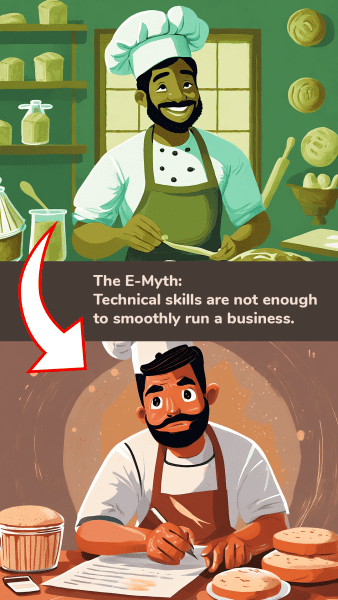
Picture this: you’re fantastic at what you do, maybe baking cookies or coding websites, and you decide to start your own business. Sounds great, right? You’ll get to be your own boss, set your own hours, and do what you want. Gerber calls this moment “The Entrepreneurial Seizure.”
But soon, you’re drowning in 14-hour workdays, struggling to find clients, and having hiring headaches. You thought you were escaping a boss, but instead, you’ve trapped yourself in a far more demanding job.
The E-Myth is not about the lack of drive or intelligence. It’s about the dangerous assumption that being good at a technical skill equates to understanding how to run a business built on that skill.
It’s a common trap for skilled professionals like accountants, lawyers, and designers who venture into business ownership. Yes, they’re excellent at their craft, but running a business? Most don’t realize that’s a whole different ballgame.
So, what’s the solution? It’s about building a business that doesn’t rely on your constant involvement; a business that can run without you. It’s about creating automated systems and step-by-step processes, that others can operate and follow independently of you.
To sum it up: mastering your technical skill is just step one. Building a business that can thrive without your 24/7 presence? That’s the real mark of success.
Another popular book for small business owners is Traction by Gino Wickman; it goes into more detail about how an entrepreneur can overcome the “growing pains” to keep their business moving upwards. A key strategy is developing these five key leadership skills in yourself and your managers: “Above all else, your leaders need to be able to simplify, delegate, predict, systemize, and structure.”
In the context of the E-Myth, the primary reason many skilled professionals fail in business is their assumption that .
Hiring is easy
Technical skill equals business success
Capital ensures success
Marketing is unnecessary
👷 2. The Three Business Personalities: Every business owner must balance their inner Entrepreneur, Manager, and Technician
Here’s a little-known secret about running a successful business. Every business owner is actually three people squeezed into one – the Entrepreneur, the Manager, and the Technician. Getting these three inner personalities balanced right can make all the difference to unlock incredible growth in your company.
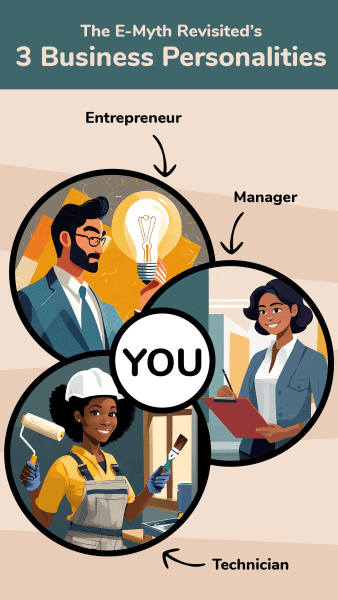
Let’s dive deeper into each one:
- The Entrepreneur is the visionary, the dreamer, the strategist. This is the part of you that thrives on change and lives in the future, constantly creating new ideas.
- The Manager is the pragmatic planner. They bring order and consistency to your operation, living in the past by clinging to the status quo.
- The Technician is the doer, or rather, the do-it-yourselfer. They live in the present and live for taking action now.
Balancing these 3 roles is critical for your business. Most new business owners lean heavily towards the Technician role, about 70% of the time, because they come from a technical background. Imagine a plumber who starts their own business – most of the time they’ll still be doing plumbing, rather than management, marketing, accounting, etc.
In larger companies, the balance can come from having multiple people in the right leadership roles. Take Apple, for example. Steve Jobs embodied the visionary Entrepreneur, Steve Wozniak was the brilliant Technician, and Mike Markkula was the pragmatic Manager.
You may be asking: Mike who? Mike Markkula is almost unknown, but Apple wouldn’t exist without him. He was the first investor in Apple and owned about 1/3 of the company. Later he would become the CEO and chairman of the company. Markkula deeply influenced how Steve Jobs approached business, telling him not to start a business for money but for “making something you believe in and making a company that will last.”
A related key concept is the 3 stages of business growth that each entrepreneur must pass through:
- Infancy Stage. Here, the focus is on the Technician aspect, where doing the work is everything. It’s like having a very complicated and frustrating job. The goal must be to evolve beyond reliance on the individual owner’s technical skills.
- Adolescence Stage. This is where the Manager’s role becomes vital, as the company begins scaling up. It often starts with hiring the first employee to manage tasks the owner can’t or doesn’t want to handle.
- Maturity Stage. The business reaches a point of clear vision and purpose. The emphasis shifts from merely doing work to following a sustainable long-term strategy – making the business operate efficiently and effectively as a whole.
A great example of these stages in action is IBM. The founder, Tom Watson, had a clear vision for IBM from the beginning. He understood that a successful business is built on the right foundations, regardless of its size. He famously said, “A big business is simply a small business that did the right things.” This mindset was crucial in IBM’s rapid evolution from a small business into a global powerhouse. It illustrates the importance of not just starting a business but starting it with the vision and strategy of a mature, successful company.
In the growth of a business, transitioning from the Infancy to the Adolescence stage requires a greater focus on the role, often marked by the first employee hire.
Investor
Technician
Entrepreneur
Manager
🍔 3. Work on your business, not in it: Implementing systems for scalable success, like the McDonald’s franchise model
Ever wondered how Ray Kroc grew McDonald’s from a single outlet to a global empire? He didn’t do it by flipping more burgers. Kroc’s real secret sauce was this: Working on his business, not in it. This approach, my friends, is a game changer for any entrepreneur.
Back in 1952, Ray Kroc, a milkshake mixer salesman, saw something special in a small restaurant run by the McDonald brothers. They had already tried and failed to franchise it, but Kroc saw the potential for something much bigger.
Kroc’s vision was not about selling hamburgers; it was about selling a business model to franchisees. Fast forward 40 years, and McDonald’s had over 25,000 locations worldwide, each operating identically to deliver the same experience everywhere. This consistency and predictability were what set McDonald’s apart.
While 80% of independent businesses fail in the first five years, an astonishing 75% of franchises succeed.
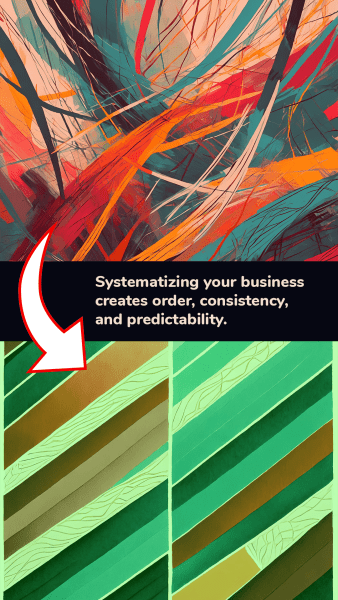
Why this stark contrast? The answer lies in the power of systems. Franchises like McDonald’s thrive on a business model that is orderly, consistent, and predictable.
This is a testament to a powerful truth: “The system is the solution.” It’s not merely about the product or the people; it’s fundamentally about how the business operates, with systems being the cornerstone of success in the franchise world.
So, how can you apply this to your business?
Imagine your business as the prototype for the next 1,000 stores in a national franchise. This means building your business not as a one-off but as a model for an entire chain.
The franchise model teaches us to create systems that:
- Deliver consistent, predictable value to customers.
- Can be replicated thousands of times, even by employees that are not superstars. (Remember that any individual employees could leave, so do not make your business dependent on specific people with exceptional talent or skill.)
So, what’s the ultimate takeaway for small business owners? Step back from the day-to-day operations. Focus on working “on” your business — developing strategies and systems — rather than getting lost in the nitty-gritty of daily tasks. This shift from hands-on work to strategic thinking is what transforms a small business into a scalable, sustainable empire. In short, systemizing your operations is the key to turning your business into a success story like McDonald’s.
In Ray Kroc’s own biography, titled “Grinding It Out,” he reveals the insane level of attention to detail that went into perfecting McDonald’s systems. Take something as simple as the burger patty. Kroc and his team spent years fine-tuning everything – from the burger’s size to its fat percentage to the exact grinding method. Even something as simple as the wax paper between burgers had to be optimized. Too thin, and it sticks to the burger. Too thick, and your burgers are sliding all over the place. Kroc wrote, “You must perfect every fundamental of your business if you expect it to perform well.”
In the franchise model, the primary focus to achieve business scalability needs to be .
Replicable systems
Unique products
New marketing strategies
Personalized services
🧩 4. How to Build Systems: Creating systems and processes for every role, so you can get out of it
Ever dream of a business that runs smoothly without you micromanaging every detail? It’s not just a dream. In “The E-Myth Revisited,” there’s a blueprint for just that — systemizing each aspect of your business. And guess what? It’s a lot simpler than you might think…
Here’s a step-by-step overview of how to build systems:

- Sketch an organizational chart. Picture your business in five years. What size is it? What roles are needed? Clarify your vision with this chart. (At first, your name might be in every slot, but the goal is to create systems so clear and effective that almost anyone could step in and achieve the desired results.)
- Define responsibilities, standards, and procedures. Do this for every role or position on your chart, starting from the bottom up.
- Responsibilities describe their specific tasks and roles.
- Standards set the quality and performance benchmarks.
- Procedures outline the step-by-step processes to be followed
- Put together an Operations Manual. This will allow you to keep track of all these systems. Think of this manual as your business’s playbook, containing checklists, templates, and scripts. And here’s the golden rule: Follow your system exactly as it’s written down, every single time. This consistency is what will make your business efficient and effective.
There are 4 types of systems you’ll be making:
- Your core operations. Basically, how you do what you do in your business. Think of it like a recipe book for your business. Like McDonald’s has a specific order that ingredients are put onto a burger.
- Hiring and training people. The processes for recruiting and educating new team members, so they can use the core systems effectively and understand your company’s values from day one.
- Monitoring and optimizing systems. Constantly review and refine your business processes, like a coach fine-tuning a team’s strategy, to improve efficiency and fix issues.
- Business development systems. Strategies for growth and expansion, to scale your business by exploring new markets and opportunities. We’ll talk about this in the next section.
This approach isn’t just about getting tasks done. By implementing these systems, you create a culture of continuous improvement, transforming your business into a self-sufficient entity. In short, building systems building systems is about transforming your business into an entity that operates independently of any single person’s expertise, including yours. It’s your ticket to stepping back and watching your business run itself on autopilot.
In building systems for your business, the Operations Manual should primarily consist of .
Financial forecasts
Your organizational chart
Checklists, templates, and scripts
Branding guidelines
🚀 5. Business Development Mastery: Creating a Process and Program to grow your business into new areas
Let’s dive into something that could be a game-changer for your business: mastering the phases of business development. This isn’t just about growing your business; it’s about making sure it aligns with your ultimate vision for how you want your life to look like.
Business Development Process
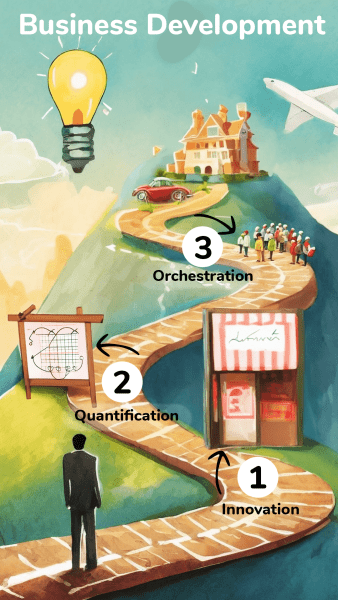
Michael Gerber breaks down the business development process into clear phases:
- Innovation: Testing new ideas to clarify the unique value proposition your business offers to customers. This involves experimenting constantly to find what resonates best with your customers. (Similar to The Lean Startup approach.)
- Quantification: This is where you dive into the numbers and metrics to understand what’s really working.
- Orchestration: Ensuring consistency by doing the same thing the same way every time. What people do in your business is dictated by the system, not their choice. This creates simplicity and order in business operations.
Business Development Program
But how do you turn these phases into a concrete program? This is why you should follow these steps to create a business development program:
- Primary Aim: What’s your big vision? This is about you, your values, your aspirations. As Stephen Covey said, we must “begin with the end in mind.” We start with a vision for our ideal day, then we practice making it real every day.
- Strategic Objective: What does your business need to achieve for you to realize your primary aim? This is like a blueprint of your future business, including profit goals and company size.
- Organizational Strategy: Sketch out your organizational chart with clearly defined roles and relationships. It’s about building a business based on functions, not around people with unique talents.
- Management Strategy: It’s not about having amazing managers but about having a system that produces reliable results. This includes an Operations Manual with checklists for each role.
- People Strategy: It’s not just a few hours of training; it’s about immersing your employees in your vision. Making them feel part of something larger and creating a sense of community and purpose.
- Marketing Strategy: Understand who your customers are and why they buy (demographics and psychographics) – what they want might be different from what you think.
- Systems Strategy: Recognizing that everything in your business is part of a system. This includes hard systems (inanimate), soft systems (living), and information systems (interactions).
In summary, business development is about creating a holistic strategy that aligns every aspect of your business with your ultimate goals. It’s about building a business that not only works but allows you to thrive.
In the Business Development Program, the is crucial for defining the personal vision that shapes all the future goals and strategies of the business.
Strategic Objective
Primary Aim
Organizational Strategy
People Strategy
🖤 6. The Customer’s Viewpoint: Understanding the real definition of a successful business
If you think your business is just about the product or service you offer, think again. The real game-changer? Seeing your business through your customer’s eyes. This perspective shift isn’t just important; it’s crucial for creating a business model that resonates with your audience and stands out in the market.

Let’s talk about making your business BETTER, but here’s the catch: ‘better’ should be defined by your customers, not you. Implementing systems in your business can give your customers a sense of control and satisfaction they might not find elsewhere.
Remember, the real product you’re selling is the feeling customers come away with after doing business with you.
In his live talks, Michael Gerber likes to share the example of Disneyland in Anaheim. People often rave about its cleanliness, sometimes even more than the attractions like Mickey or Goofy. Why? Because of a meticulous system to steam clean the park every night. This attention to detail sets Disneyland apart in a way that deeply resonates with visitors.
So, what does this mean for your business? It’s about building a brand and customer experience that’s not just good, but remarkable. So people will actually remark to their friends later, “Wow you wouldn’t believe how clean Disney was!” This requires continuously striving to understand customer preferences and build your systems towards what they really value.
All this talk of being customer-first brings one company to my mind: Amazon. The most popular book on Amazon’s business success and Jeff Bezos is “The Everything Store.” In it, Bezos highlights a key difference between Amazon and other internet companies that failed: while many focus on competitors, Amazon obsesses over customers. This isn’t just corporate talk; Amazon’s history is packed with customer-centric moves.
Consider customer reviews. In the early ’90s, they were almost unheard of, with many businesses fearing negative feedback. Bezos, however, saw the bigger picture. He believed that anything customers found helpful, even negative reviews, would ultimately benefit Amazon. This long-term, customer-first mindset is a cornerstone of Amazon’s massive success.
In a customer-centric business model, the real product being sold is .
The physical item or service provided
The lowest price in the market
The feeling customers come away with
The brand's reputation
- Task Audit: Review your daily tasks. Aim to reduce technical ones, shifting from technician to entrepreneur/manager.
- Efficiency Hour: Each week, spend an hour refining processes. Brainstorm ways to speed things up, cut the fluff, or automate. Example: for better productivity, batch-check emails only 1-2 times per day.
- Delegate or Automate: Offload one task this week to a team member, automation tool, or AI.
- Streamline a Task: Grab a pen and paper. Write down the steps for a regular task, then tweak it to make it as simple as possible. This exercise is your stepping stone to creating streamlined procedures and training materials – crucial for scaling up.
- Vision Statement: Spend 15 minutes today to draft a one-page vision statement. Where do you see your business a year from now?
- Customer Feedback: Ask five customers for feedback this week and implement at least one suggestion. Remember, your business must deliver value from their perspective, not your own.


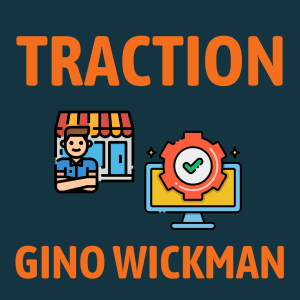

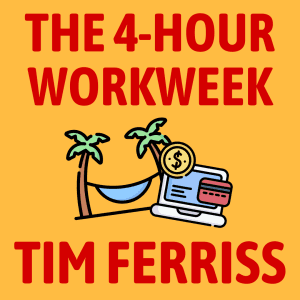
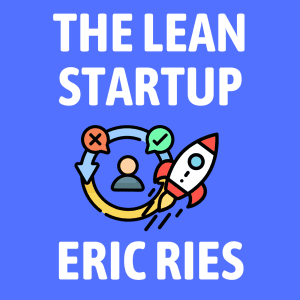
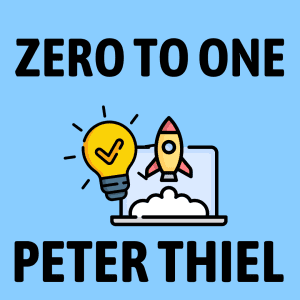


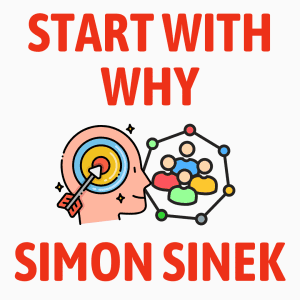


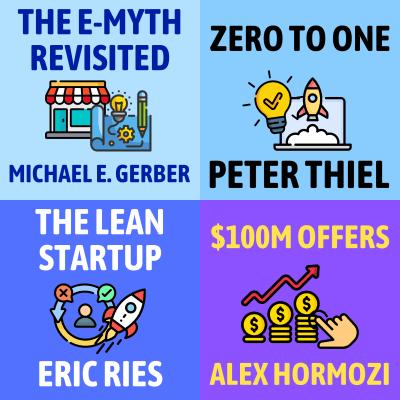

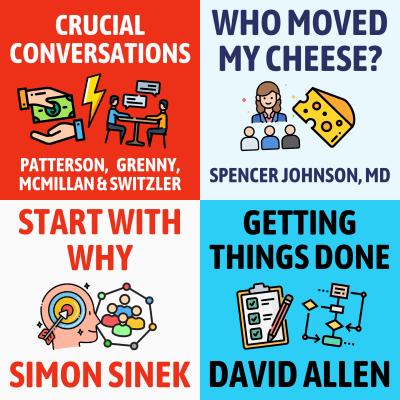
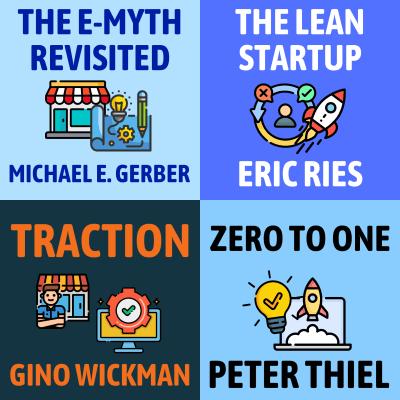
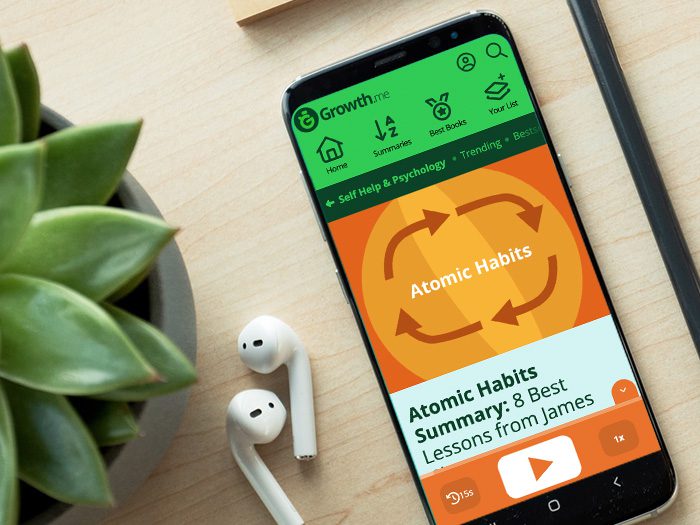
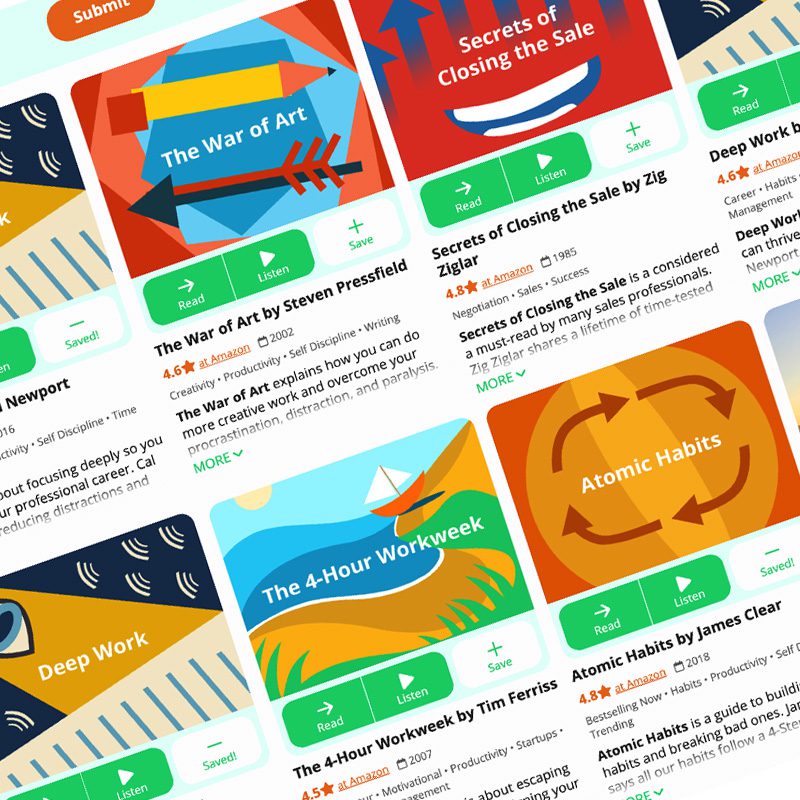



Community Notes